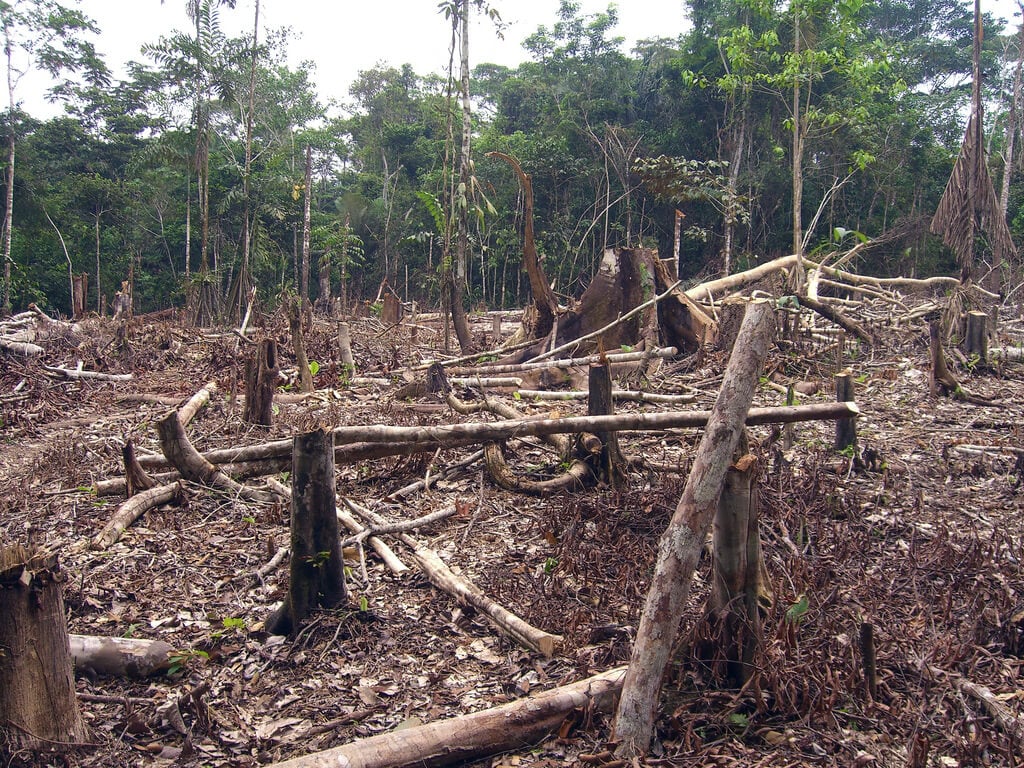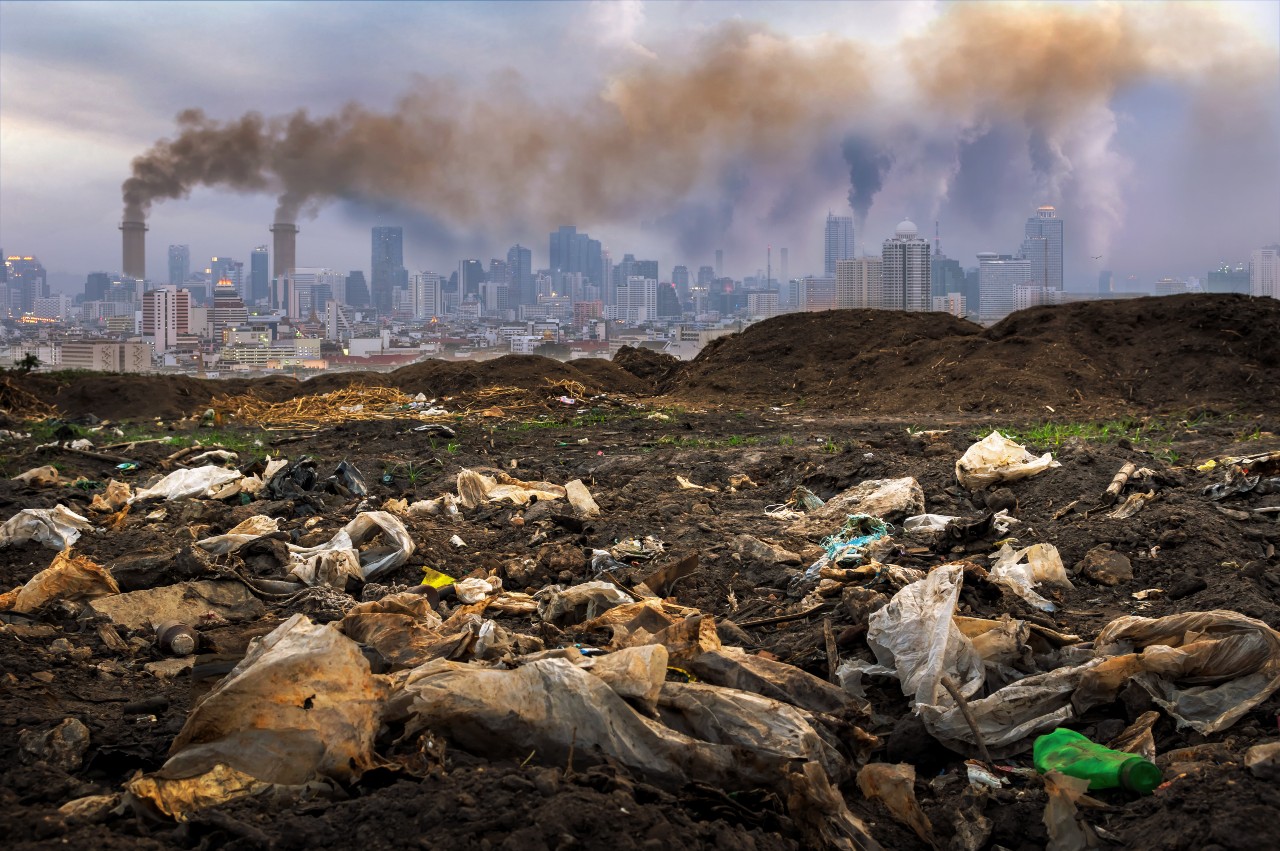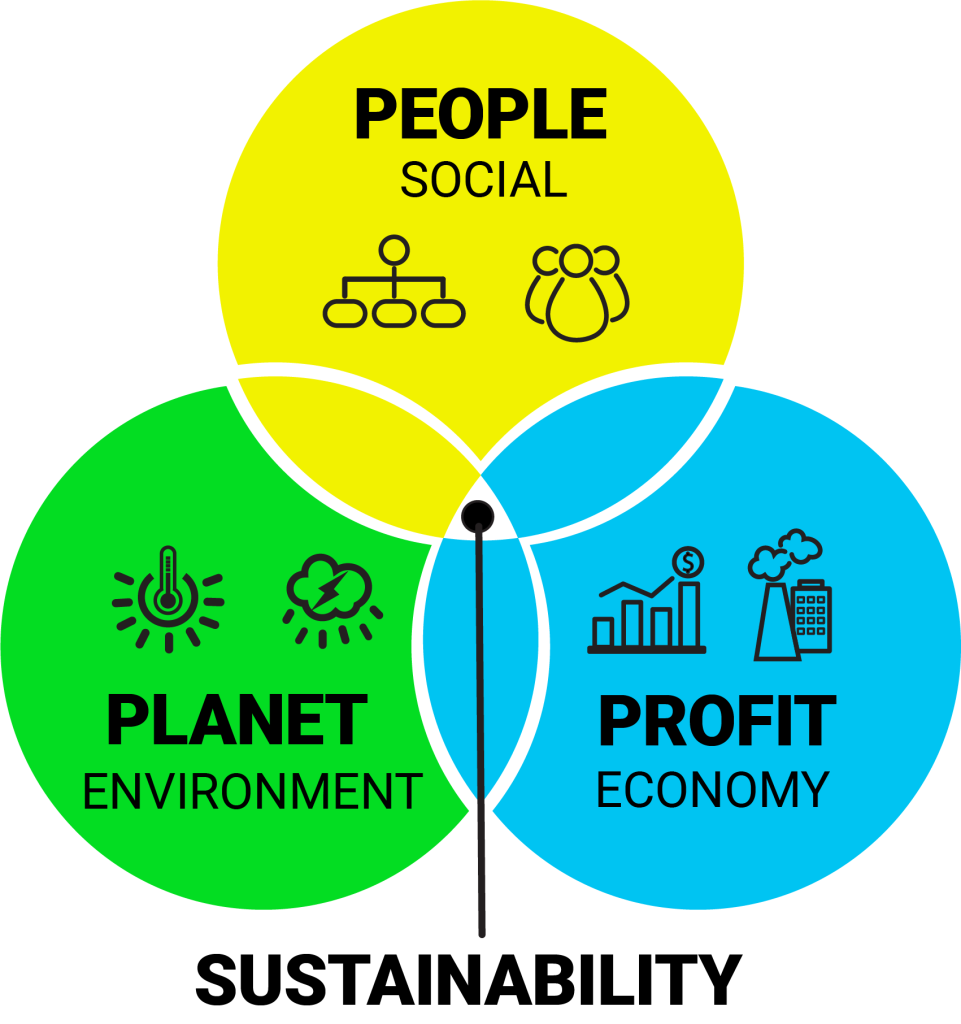Negative effects businesses have on the environment - Research

Sooner or later, we will have to recognise that the Earth has rights, too, to live without pollution. What mankind must know is that human beings cannot live without Mother Earth, but the planet can live without humans.
~ Evo Morales
SUBJECT
Negative effects businesses have on the environment
- Accelerated natural resource consumption
- Noise pollution
- Commercial waste
- Air pollution
- Water pollution
- Aesthetic damage
- Energy usage
- Employee commute
- Supply chain
- Natural resources
- Business waste
Industrialization driven by trade and commerce was the basis of prosperity. It led to rapid socio-economic changes, transforming society from an agrarian economy to a mass production economy. The Industrial Revolution of the late 1800s to 1900s, beginning in the United Kingdom, served as a blueprint for industrial development in Europe and the United States. However, this significant change also had environmental consequences. Early mass-produced machines, such as Ford’s production lines, were impressive but highly energy inefficient. It is known that they used one of the most polluting natural resources for raw material – coal and whale oil, as almost destroying the population of sperm whales on Earth.
Many industries rely on coal, wood, or oil for energy production. Unfortunately, this often results in the destruction of large areas of rainforests. These forests are cleared either for agricultural purposes or to make way for industrial complexes. The consequences of deforestation are severe. Not only are the world’s carbon sinks lost, but the felled trees also release the carbon dioxide they have absorbed back into the atmosphere. This makes deforestation doubly harmful to the environment.

There are laws in place to prevent factories from discharging their waste into local water bodies. Despite these laws, there have been recent cases of communities being poisoned by chemicals in their water supply. Factories find it cheaper to dump their by-products into the water, but the cost is borne by the local community. The contaminated water contains harmful chemicals like heavy metals and arsenic, which affect the local flora and fauna. These chemicals then move up the food chain, resulting in the death of marine life. And if the local people are dependent on the rivers and lakes for sustenance they will consume the poisoned fish and suffer from different diseases.

Manufacturing industries that rely on outdated equipment and coal as raw material are major contributors to airborne pollution. These industries release a variety of pollutants, including respirable particles, synthetic and organic solvents, sulfur dioxide (SO2), and nitrogen oxides (NOX). The ideal scenario would be for the smoke emitted from factory chimneys to consist only of water vapor. However, due to poor enforcement of regulations, these harmful pollutants are often present in the plume. Air pollution poses a significant threat to human health, leading to respiratory diseases such as asthma, bronchitis, and, in extreme cases, the black lung disease commonly observed among coal mine workers.
Commercial waste refers to waste generated from business processes, including trade, domestic, industrial, or agricultural waste. This encompasses waste produced by various businesses such as recreation centres, educational institutions, and companies on their premises. Improper disposal of commercial waste has severe consequences for the environment, including air, water, and land pollution, which can harm local flora and fauna. One significant example is food waste, with a staggering eighteen million tonnes ending up in landfills. Despite existing laws mandating proper disposal, the lack of environmental awareness perpetuates this pollution in industrial areas.


Noise pollution is a common form of pollution caused by excessive unpleasant noise. It is caused by construction activities, industrialization, increased car traffic and lack of urban planning. Industrialization brings large machinery, such as excavators and chain saws, which are noisy and harmful to the region’s fauna. Many scientific studies show that animals exposed to noise pollution experience higher levels of stress hormones, which is dangerous for their health. One of the consequences is that the meat of these animals becomes unfit for human consumption due to the presence of these hormones.

“Noise pollution in our towns and cities is increasing, blighting the lives of many European citizens,” said Dr Zsuzsanna Jakab, the WHO’s regional director for Europe. More than a nuisance, excessive noise is a health risk.”
Target Audience
Firstly, customers are directly affected by the negative environmental impact of businesses. From the production of goods to the disposal of waste, businesses contribute to pollution, deforestation, and resource depletion. This can lead to a decline in air and water quality, as well as the loss of natural habitats. As customers, it is crucial to be aware of these effects and support businesses that prioritize sustainable practices.
Secondly, employees also experience the consequences of businesses’ negative impact on the environment. Poor air quality, exposure to harmful chemicals, and increased health risks are just a few examples of how employees can be affected. Additionally, businesses that neglect environmental responsibility may face reputational damage, which can impact job security and overall employee satisfaction.
Lastly, partners of businesses, such as suppliers and investors, are also impacted by the negative effects on the environment. Unethical practices and disregard for sustainability can lead to strained relationships and potential financial losses. Partners who prioritize environmental responsibility are more likely to seek out businesses that align with their values, creating a demand for sustainable practices.
Purpose
By implementing eco-friendly practices, businesses can reduce their environmental impact and contribute to a more sustainable future. From small changes like using energy-efficient lighting to larger investments in renewable energy sources, there are numerous ways for companies to make a positive difference. By adopting sustainable practices, they can reduce waste, conserve resources, and build a positive reputation and attract environmentally conscious customers.
They play a significant role in our society, but it is important to acknowledge the negative effects they can have on the environment. These effects impact not only the planet, but also the customers, employees, and partners associated with these businesses.
In conclusion, businesses have a responsibility to minimize their negative impact on the environment. By doing so, they can not only protect the planet, but also benefit their customers, employees, and partners. It is important for all stakeholders to be aware of these effects and support businesses that prioritize sustainability.
Reference list:
Global Certification Body (2023) Earth Day 2023: Making Sustainability In Businesses The Priority [2023] [Article] Available online: https://www.nqa.com/en-gb/resources/blog/april-2023/earth-day-2023 [Accessed: 29.01.2024]
Global Certification Body (2023) A Guide To Carbon Planning And Business Sustainability In 2024 [2023] [Article] Available online: https://www.nqa.com/en-gb/resources/blog/november-2023/carbon-planning-in-2024 [Accessed: 29.01.2024]
IBM (ND) What is sustainability in business?[ND] [Article] Available online: https://www.ibm.com/topics/business-sustainability [Accessed: 30.01.2024]
Kumar, Chandan (2019) We Can’t Afford To Ignore The Environmental Pollution Anymore [2019] [Article] Available online: https://www.youthkiawaaz.com/2019/05/procrastination-of-environmental-issues-will-diminish-our-existence/ [Accessed: 29.01.2024]
OkCredit (2021) How do businesses affect the environment?[2021] [Article] Available online: https://okcredit.in/blog/how-do-businesses-affect-the-environment/ [Accessed: 30.01.2024]
ProtectEar USA (2018) Noise pollution is worse than ever – here is how you can avoid it damaging your health [Image]. Available online: Noise pollution is worse than ever – here is how you can avoid it damaging your health – (protectear.com) [Accessed: 31.01.2024]
Prodigium (2022) The Top 6 Environmental Issues in Business [2022] [Article] Available online: The Top 6 Environmental Issues in Business (prodigium-pictures.com) [Accessed: 01.02.2024]
Urban Infrastructure (2022) Waste Alert: Impact of industrial waste [Image]. Available online: Waste Alert: Impact of industrial waste – Southeast Asia Infrastructure [Accessed: 31.01.2024]
Williams, Matt (2016) Universe Today/Space and astronomy news [Image]. Available online: https://www.universetoday.com/81977/causes-of-air-pollution/ [Accessed: 30.01.2024]
World Atlas (ND) The World’s Most Polluting Industries [Images]. Available online: The World’s Most Polluting Industries – WorldAtlas [Accessed: 31.01.2024]
